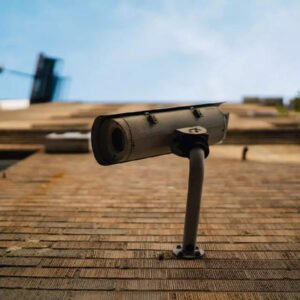In this article, you will find a comprehensive buying guide for outdoor security cameras. Whether you’re looking to enhance the safety of your home or protect your business, we’ve got you covered. We’ll explore some of the top brands in the market, including Ring, Nest, Arlo, Wyze, SimpliSafe, Eufy Security, Blink, August Home, Honeywell Home, Ring Alarm, Vivint, Abode, Swann, Reolink, TP-Link Kasa, Logitech Circle, ADT, Schlage, First Alert, and Kangaroo. With our helpful insights, you’ll be able to make an informed decision and choose the perfect outdoor security camera to suit your needs.
Factors to Consider
When it comes to choosing an outdoor security camera, there are several important factors you should consider. Each factor plays a crucial role in ensuring that the camera meets your specific needs and provides reliable surveillance for your property. From camera resolution to integration with other smart devices, let’s dive into the details of what factors to consider when selecting an outdoor security camera.
Camera Resolution
The first factor to consider is the camera resolution. This refers to the number of pixels the camera can capture and determines the level of detail you can see in the recorded footage. The higher the resolution, the clearer and sharper the images will be. When choosing a camera resolution, you need to strike a balance between image quality and storage capacity. Here are some standard resolutions you should be aware of:
Understanding Camera Resolution
Camera resolution is typically measured in megapixels. A higher megapixel count means more pixels are used to create the image, resulting in better image quality. However, it’s important to note that a higher megapixel count doesn’t always directly translate to better image quality if other factors like lens quality and sensor performance are not adequate.
Standard Resolutions
Standard resolutions for outdoor security cameras include 720p (also known as HD), 1080p (Full HD), and 1440p. These resolutions offer good image quality and are commonly used in many security camera systems. If you’re looking for a budget-friendly option, a camera with 720p resolution may suffice, but if you want more detail, consider 1080p or even higher.
High Definition (HD) and Full HD
HD and Full HD resolutions are the most popular choices for outdoor security cameras. HD cameras typically offer a resolution of 1280×720 pixels, while Full HD cameras provide 1920×1080 pixels. These resolutions provide clear and detailed footage, allowing you to identify people and objects easily.
4K Resolution
4K resolution has become increasingly popular in recent years, offering four times the resolution of Full HD cameras. With a resolution of 3840×2160 pixels, 4K cameras provide incredibly detailed footage, capturing even the smallest details. However, it’s important to note that 4K cameras require more bandwidth and storage space compared to lower-resolution options.
Field of View
The field of view is another important consideration when selecting an outdoor security camera. The field of view determines how much area the camera can cover and plays a vital role in capturing a wide perspective or focusing on specific points of interest. A camera with a wider field of view can monitor a larger area, while a narrower field of view may be more suitable for targeting specific areas.
Understanding Field of View
Field of view refers to the area that the camera can cover and is typically measured in degrees. A wider field of view means the camera can capture more of its surroundings, while a narrower field of view focuses on a smaller area. Consider your specific surveillance needs to decide which field of view is most suitable for your property.
Wide-Angle vs. Narrow-Angle
Outdoor security cameras are available in both wide-angle and narrow-angle options. Wide-angle cameras, typically ranging from 90 to 180 degrees, provide a broad view, allowing you to monitor a larger area. Narrow-angle cameras, on the other hand, have a smaller field of view, usually around 30 to 60 degrees, and are ideal for focusing on specific spots that require close monitoring.
Adjustable Field of View
Some outdoor security cameras come with an adjustable field of view, allowing you to customize the camera’s perspective based on your needs. This feature can be particularly useful if you want to change the camera’s coverage periodically or focus on different areas at different times.
Pan and Tilt Functionality
For those looking for maximum flexibility in camera positioning, outdoor security cameras with pan and tilt functionality are a great option. These cameras can move horizontally (pan) and vertically (tilt), allowing you to adjust the camera’s position remotely. With pan and tilt cameras, you have the ability to cover a wide area without physically moving the camera.
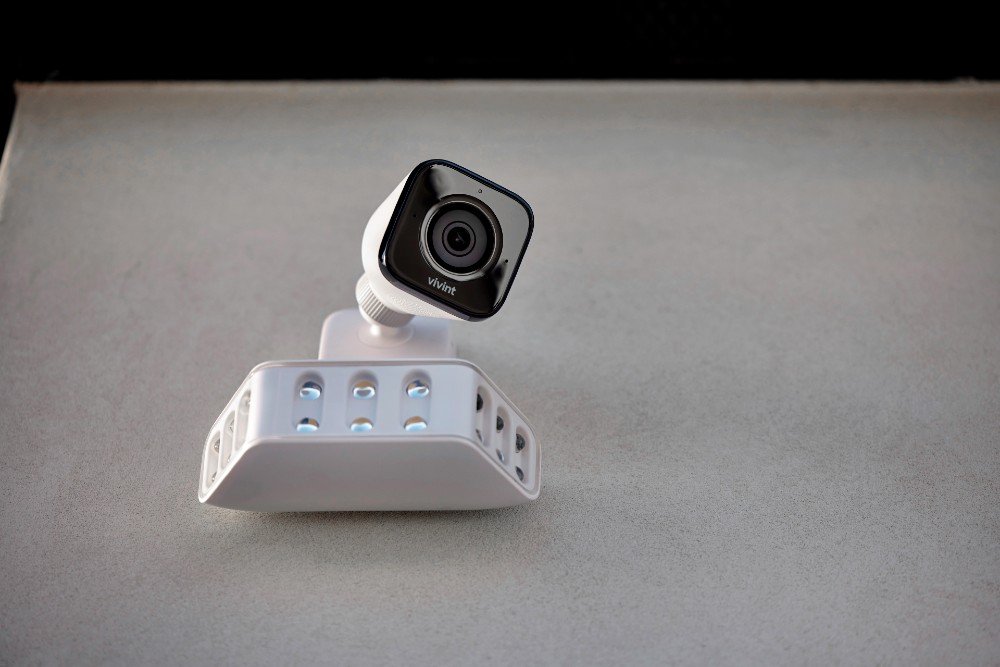
Night Vision
Night vision is a critical feature for outdoor security cameras, as it ensures that your property is monitored around the clock, even in low-light or no-light conditions. A good night vision capability allows you to see clearly during nighttime and provides an added layer of security for your property.
Understanding Night Vision
Night vision refers to the camera’s ability to capture video footage in low-light or no-light conditions. Infrared (IR) illumination is the most common technology used in outdoor security cameras for night vision. When the camera detects insufficient light, it automatically switches to infrared mode, illuminating the area with invisible infrared light.
Infrared (IR) Illumination
Most outdoor security cameras use infrared (IR) illumination for night vision. Infrared LEDs (light-emitting diodes) emit infrared light that is invisible to the human eye but can be detected by the camera’s sensor. This technology allows the camera to capture clear black-and-white footage even in complete darkness. The range of IR illumination varies between cameras, so consider the specific range you need for your property.
Color Night Vision
While most outdoor security cameras offer black-and-white night vision, some advanced cameras now incorporate color night vision technology. These cameras use a combination of infrared lighting and ambient light to capture color footage even in low-light conditions. Color night vision can provide more detail and help identify objects or individuals more accurately.
Range and Clarity
When considering night vision capabilities, it’s essential to pay attention to the range and clarity offered by the camera. Range refers to how far the camera’s night vision can reach, while clarity determines the level of detail captured. A camera with a longer night vision range and higher clarity allows you to see further and identify objects more effectively in the dark.
Weather Resistance
Outdoor security cameras are exposed to various weather conditions, so it’s crucial to choose a camera that can withstand outdoor elements. Weather resistance ensures the camera’s durability and reliability, allowing it to function optimally in harsh conditions.
IP Rating
The IP (Ingress Protection) rating is used to determine a camera’s level of protection against dust and water. The IP rating consists of two digits, indicating the level of protection for each scenario. The first digit represents protection against solid objects, while the second digit indicates protection against liquids. Look for a camera with a high IP rating to ensure it can withstand dust, rain, and other environmental factors.
Operating Temperature Range
Consider the operating temperature range of the outdoor security camera, especially if you live in an area with extreme temperatures. Some cameras may not function properly in extremely cold or hot weather conditions. Ensure that the camera’s operating temperature range is suitable for your climate to prevent any performance issues.
Built-in Heater and Fan
In regions with extreme temperature variations, consider outdoor security cameras with built-in heaters and fans. These features help regulate the camera’s internal temperature, ensuring consistent performance even in extremely cold or hot weather. Cameras with built-in heaters and fans are ideal for areas where temperature fluctuations are common.
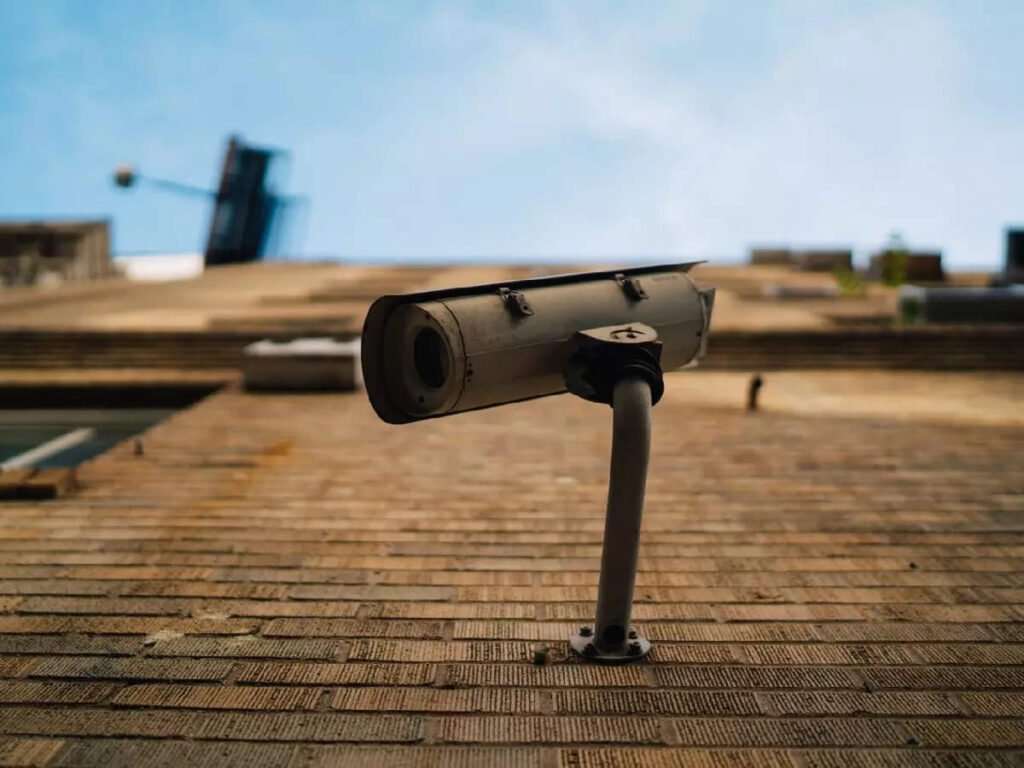
Power Source
The power source of your outdoor security camera is an essential consideration, as it determines how the camera will be powered and potentially impact its installation and ongoing maintenance. You have several options when it comes to powering your outdoor security camera, including wired, wireless, battery-powered, and solar-powered options.
Wired Cameras
Wired cameras require a constant power source, usually through an electrical outlet. These cameras provide a reliable and uninterrupted power supply, ensuring continuous surveillance. However, wired cameras may require professional installation to set up the necessary power connections.
Wireless Cameras
Wireless cameras, also known as cordless cameras, rely on batteries for power. These cameras offer flexibility in camera placement as they are not restricted by power outlets. However, wireless cameras may require more frequent battery changes or recharging, depending on the camera’s battery life and usage.
Battery-Powered Cameras
Battery-powered cameras are a specific type of wireless camera that operates solely on batteries. These cameras are typically easy to install and move around, making them suitable for temporary surveillance needs or areas without access to power outlets. However, it’s important to consider the battery life and whether the camera’s battery can withstand prolonged outdoor use.
Solar-Powered Cameras
Solar-powered cameras utilize solar panels to generate power, making them an eco-friendly and cost-effective option. These cameras harness energy from the sun and store it in rechargeable batteries, ensuring continuous operation even during extended periods of cloudy weather. Solar-powered cameras are a great choice for areas with ample sunlight and can help reduce ongoing energy costs.
Connectivity
The connectivity options of an outdoor security camera determine how the camera communicates with other devices and enables remote monitoring and control. Depending on your preferences and requirements, you may consider wireless or wired connectivity options.
Wireless Connectivity
Wireless connectivity allows the camera to connect to your home network without the need for physical cables. Wi-Fi is the most common type of wireless connectivity for outdoor security cameras, enabling easy installation and remote access to the camera’s live feed. Ensure that the camera has reliable wireless connectivity and adequate Wi-Fi range to maintain a stable connection.
Wired Connectivity
Some outdoor security cameras offer wired connectivity options, such as Ethernet or Power over Ethernet (PoE). Wired connections can provide a more stable and secure connection compared to wireless options. If you prefer a wired setup, ensure that the camera has the necessary ports or adapters for connection to your network or recording device.
WiFi Range and Strength
When considering wireless outdoor security cameras, pay attention to the camera’s Wi-Fi range and signal strength. A camera with a longer Wi-Fi range allows you to position the camera further away from your home or router, expanding your surveillance coverage. Additionally, a camera with strong Wi-Fi signal capabilities ensures a reliable and stable connection, minimizing the risk of interruptions or dropped feeds.
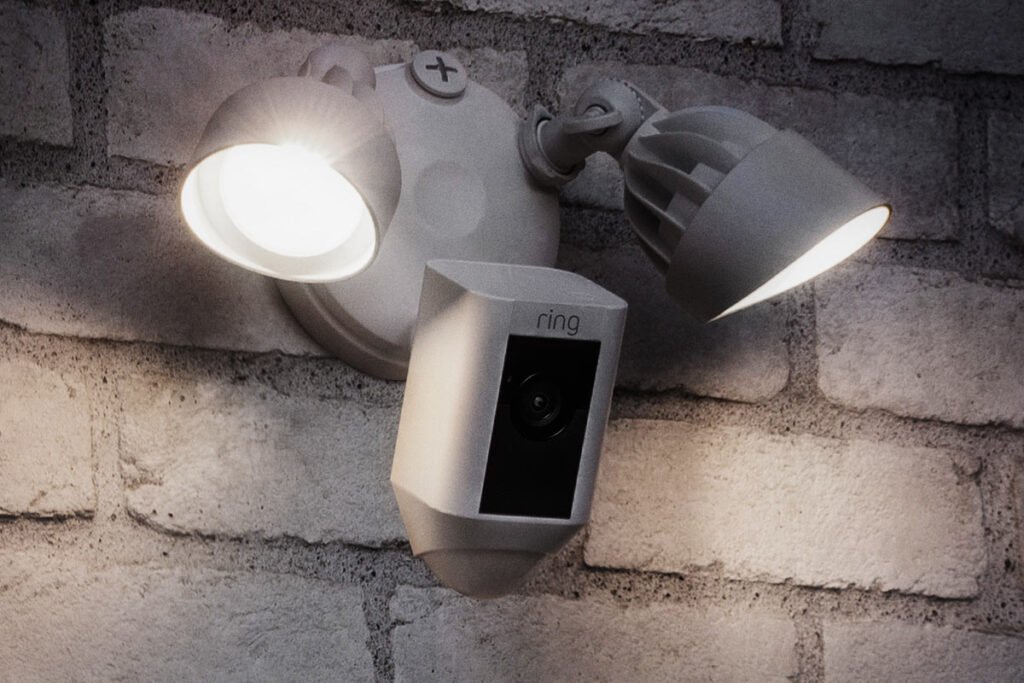
Storage Options
The storage options for your outdoor security camera determine how the recorded footage is stored and accessed. Depending on your needs and preferences, you can choose between cloud storage, local storage, or a combination of both.
Cloud Storage
Cloud storage allows you to store the camera’s recorded footage securely online, eliminating the need for physical storage devices. With cloud storage, you can access your footage anytime and anywhere with an internet connection. However, it’s important to consider any ongoing subscription costs associated with cloud storage plans.
Local Storage
Local storage refers to storing the camera’s recorded footage on physical storage devices, such as microSD cards or Network Attached Storage (NAS) devices. Local storage provides direct access to the footage without relying on an internet connection. This option can be convenient if you prefer to have full control over your data and avoid monthly subscription fees.
Subscription Plans
Some outdoor security camera brands offer optional subscription plans for additional storage and advanced features. These subscription plans often include extended storage capacity, cloud-based analytics, and other value-added services. Consider your storage needs and budget when evaluating the subscription plans provided by different camera brands.
Installation
When it comes to installing an outdoor security camera, you have two main options: DIY installation or professional installation. Each option has its own advantages and considerations, so it’s important to evaluate which one is most suitable for your situation.
DIY Installation
DIY (Do-It-Yourself) installation allows you to install the camera yourself without the need for professional assistance. Many outdoor security camera brands provide detailed instructions and user-friendly installation processes to make this option accessible to anyone. Consider your technical skills and confidence in handling the installation process when opting for DIY installation.
Professional Installation
If you prefer a hassle-free and professionally installed outdoor security camera system, you can opt for professional installation services. Many camera brands offer installation services, either through their own technicians or third-party partners. Professional installation ensures that the camera is correctly positioned, connected, and configured for optimal performance.
Mounting Options
Regardless of whether you choose DIY or professional installation, consider the available mounting options for your outdoor security camera. Different cameras may offer various mounting methods, including wall mounts, ceiling mounts, or pole mounts. Evaluate your property’s layout and surveillance needs to determine the most suitable mounting option for your camera.

Camera Placement
Choosing the right camera placement is crucial to maximize the effectiveness of your outdoor security camera system. Proper camera placement ensures optimal coverage and minimizes blind spots, allowing you to monitor key areas of your property effectively.
When selecting camera placement, consider the following factors:
- Entry Points: Place cameras near entry points such as doors, windows, and driveways to capture any suspicious activity or potential intruders.
- High-Traffic Areas: Identify areas with high foot traffic or frequent activity, such as walkways, patios, or play areas. Placing cameras in these locations can help monitor day-to-day activities and identify any unusual behavior.
- Blind Spots: Identify any areas that are hidden or have limited visibility. Placing cameras strategically in these areas can help eliminate blind spots and ensure comprehensive surveillance.
- Lighting Conditions: Consider the lighting conditions in the monitored areas. Ensure that the camera’s field of view is not affected by direct sunlight, glare, or strong backlighting, as this can impact the clarity of the captured footage.
- Cabling and Connectivity: If using wired cameras, consider the cabling requirements and ensure that the camera placement allows for easy and secure cable installation. For wireless cameras, verify the signal strength and range to ensure a stable connection.
Integration with Other Smart Devices
Many outdoor security cameras offer integration with other smart devices, allowing you to create a comprehensive and connected home security system. Integration with other smart devices enhances the functionality and convenience of your outdoor camera system, providing seamless automation and control.
Depending on the camera brand and ecosystem, you may be able to integrate your outdoor security camera with the following smart devices:
- Smartphones and Tablets: Most outdoor security camera brands offer mobile apps that allow you to control and monitor your cameras remotely. Integration with smartphones and tablets provides real-time access to live feeds, notifications, and advanced camera settings.
- Smart Home Hubs: If you have a smart home hub like Amazon Echo or Google Nest Hub, check if the camera is compatible with the hub’s ecosystem. Integration with smart home hubs enables voice control, automation, and enhanced security features.
- Smart Door Locks: Some outdoor security camera brands offer integration with smart door locks, allowing you to view and remotely control your door lock from the camera’s app. This integration enhances your property’s security and provides convenient access control.
- Motion Sensors: Integration with motion sensors can trigger the camera’s recording or specific actions based on detected motion. This integration enables more intelligent and automated surveillance, minimizing false alerts and optimizing resource usage.
- Smart Lighting: Outdoor security cameras can also integrate with smart lighting systems. When motion is detected, the camera can trigger the smart lights to turn on, illuminating the area and deterring potential intruders.
- Voice Assistants: If you have a voice assistant like Amazon Alexa or Google Assistant, check if the camera supports voice commands. Integration with voice assistants allows you to control the camera, view live feeds, and receive status updates using voice commands.
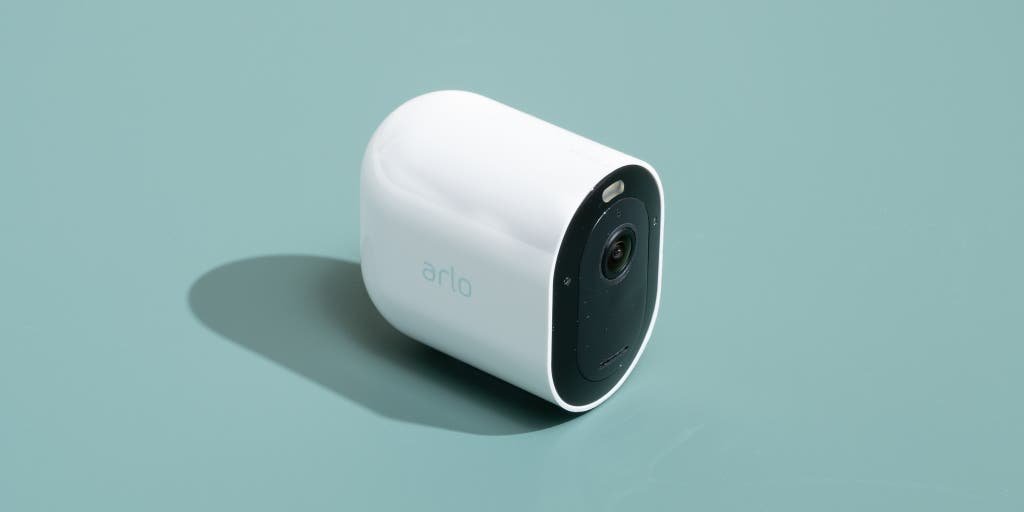
Other Outdoor Security Camera Brands
Apart from well-known brands like Ring, Nest, Arlo, Wyze, SimpliSafe, Eufy Security, Blink, August Home, and Honeywell Home, many other outdoor security camera brands offer reliable and feature-rich options. Consider exploring the following brands when making your purchasing decision:
- Vivint: Vivint offers a range of outdoor security cameras with advanced features like automatic recording and smart event detection. They also provide professional installation services for a hassle-free setup experience.
- Abode: Abode’s outdoor security cameras boast features like two-way audio, customizable motion detection, and easy integration with their comprehensive smart home security systems.
- Swann: Swann specializes in outdoor security cameras with advanced video analytics and weatherproof designs. Their cameras are known for their durability and high-quality video performance.
- Reolink: Reolink offers a variety of outdoor security cameras with options for wired, wireless, and battery-powered setups. Their cameras provide high-resolution footage and flexible installation options.
- TP-Link Kasa: TP-Link Kasa outdoor security cameras offer reliable Wi-Fi connectivity, advanced motion detection, and compatibility with popular smart home platforms.
- Logitech Circle: Logitech Circle cameras deliver high-quality video footage, smart motion alerts, and easy integration with Logitech’s comprehensive home security ecosystem.
- ADT: ADT offers a range of outdoor security cameras that can be paired with their comprehensive security systems for professional monitoring and enhanced security features.
- Schlage: While primarily known for their smart locks, Schlage also offers outdoor security cameras that integrate seamlessly with their other smart home products, creating a cohesive security solution.
- First Alert: First Alert’s outdoor security cameras provide crisp video quality, weather resistance, and advanced features like facial recognition and object detection.
- Kangaroo: Kangaroo’s outdoor security cameras offer affordable options with easy DIY installation, motion detection, and mobile app integration.
Consider the features, pricing, and compatibility of each brand when selecting the best outdoor security camera for your specific needs.
In conclusion, choosing the right outdoor security camera involves considering multiple factors such as camera resolution, field of view, night vision capabilities, weather resistance, power source, connectivity, storage options, installation methods, camera placement, and integration with other smart devices. By evaluating these factors and understanding your surveillance requirements, you can select the perfect outdoor security camera that provides peace of mind and ensures the safety of your property.
